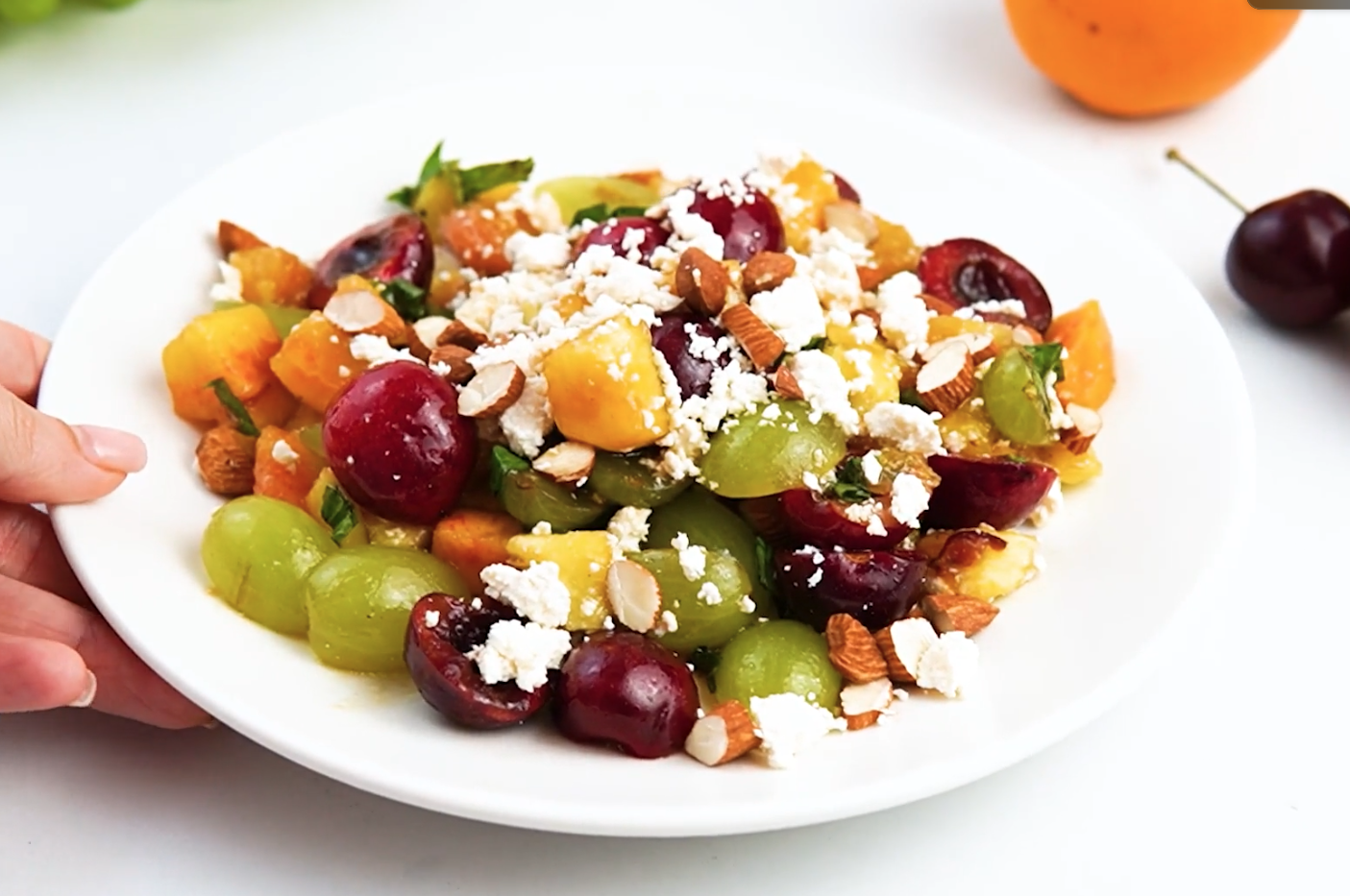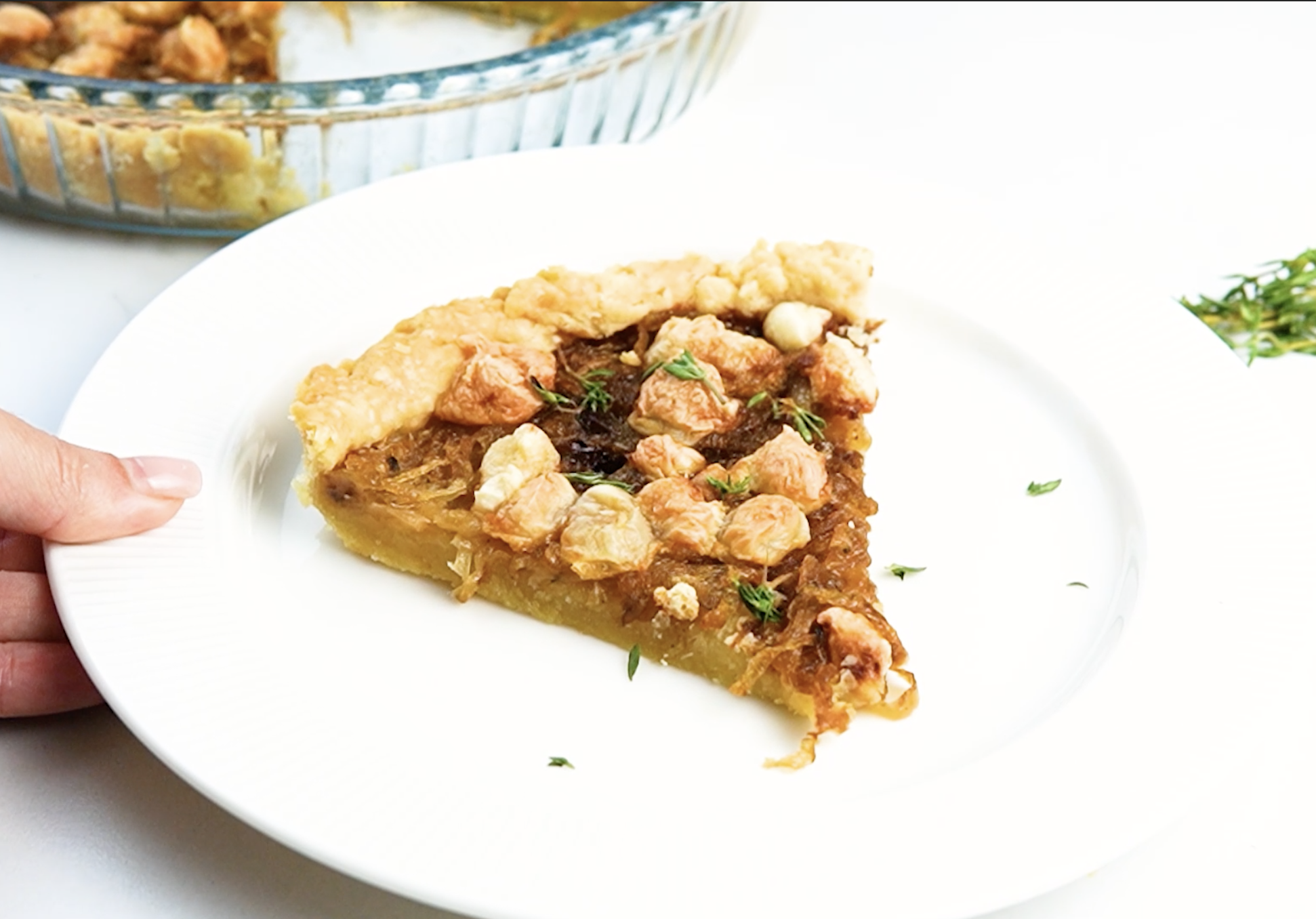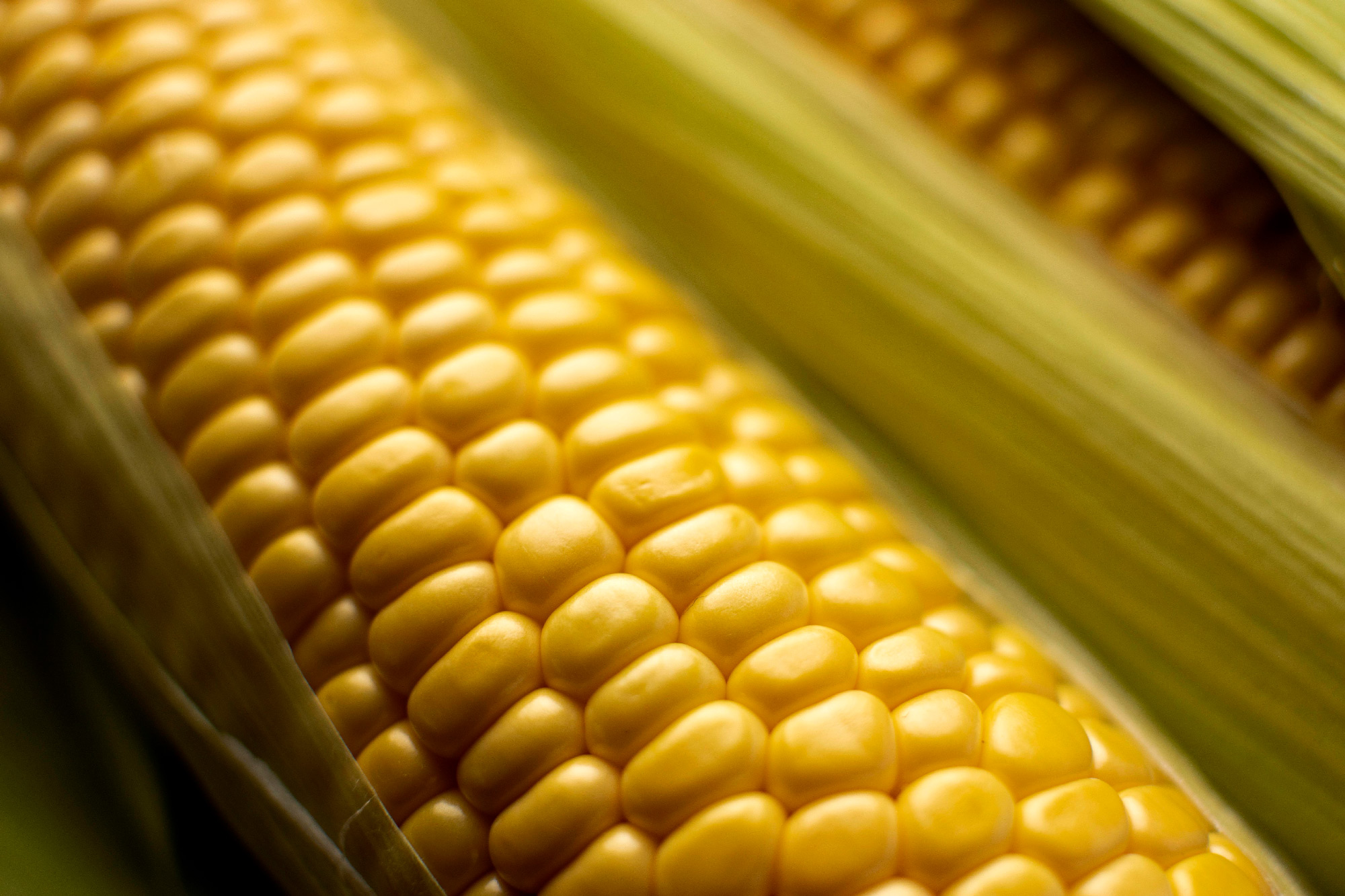The history of corn:
Date
Share:
The history of corn, also known as maize, spans thousands of years and encompasses the development and cultivation of one of the world’s most important crops. Let’s explore the fascinating journey of corn through history:
Origins in Mesoamerica: The cultivation of corn can be traced back to ancient Mesoamerica, specifically the region that encompasses present-day Mexico and Central America. Archaeological evidence suggests that corn was first domesticated around 9,000 to 10,000 years ago from a wild grass called teosinte. Indigenous peoples in Mesoamerica, such as the Maya, Aztecs, and Olmecs, played a pivotal role in developing and refining the cultivation techniques of corn.
A Staple Crop in Native American Cultures: Corn became a staple crop for many Native American cultures across the Americas. Its versatility and ability to grow in diverse climates made it a reliable food source. Native American tribes adopted different methods of growing corn, including the “Three Sisters” agricultural system, where corn, beans, and squash were planted together in a symbiotic relationship.
Impact of Corn on Civilizations: The cultivation of corn had a profound impact on the development of civilizations in the Americas. The abundance of corn allowed communities to settle in one place, leading to the rise of complex societies. Corn served as a dietary staple, providing sustenance and nourishment. Its cultivation and trade also fostered economic and cultural exchange among different tribes and peoples.
European Contact and Spread: The arrival of European explorers, most notably Christopher Columbus, in the late 15th century marked the introduction of corn to the rest of the world. Corn quickly captured the attention of European explorers and colonizers due to its nutritional value and productivity. It was brought back to Europe and gradually spread across continents, reaching Africa, Asia, and beyond during the Columbian Exchange.
Corn’s Global Significance: Over time, corn became an integral part of diets and agricultural systems worldwide. It adapted to various climates and soil conditions, allowing it to flourish in different regions. Today, corn is one of the most widely cultivated crops globally, with major producers including the United States, China, Brazil, and Mexico.
Industrialization and Modern Uses: The industrial revolution in the 18th and 19th centuries brought significant advancements in corn cultivation and processing. Technological innovations, such as the invention of corn harvesters and hybrid corn varieties, revolutionized corn production. Corn’s versatility expanded beyond food, with industrial uses ranging from biofuels and livestock feed to the production of corn-based products like cornstarch, corn syrup, and ethanol.
Corn’s Cultural Significance: Corn holds deep cultural and symbolic importance in many societies. It is celebrated in festivals, rituals, and traditional cuisines across the Americas. Corn-based dishes, such as tortillas, tamales, and cornbread, are cherished culinary traditions that have transcended borders and become global favorites.
In conclusion, the history of corn reflects its journey from ancient Mesoamerica to becoming a global staple crop. It has played a crucial role in the development of civilizations, facilitated cultural exchange, and remains an essential crop with diverse agricultural, industrial, and culinary applications. Corn’s legacy as a crop of immense significance continues to shape our world today.
Are you ready to start purchasing your fruits and vegetables from a high-quality produce distributor? If so, we can help you. Don’t hesitate to contact us to get started today!


